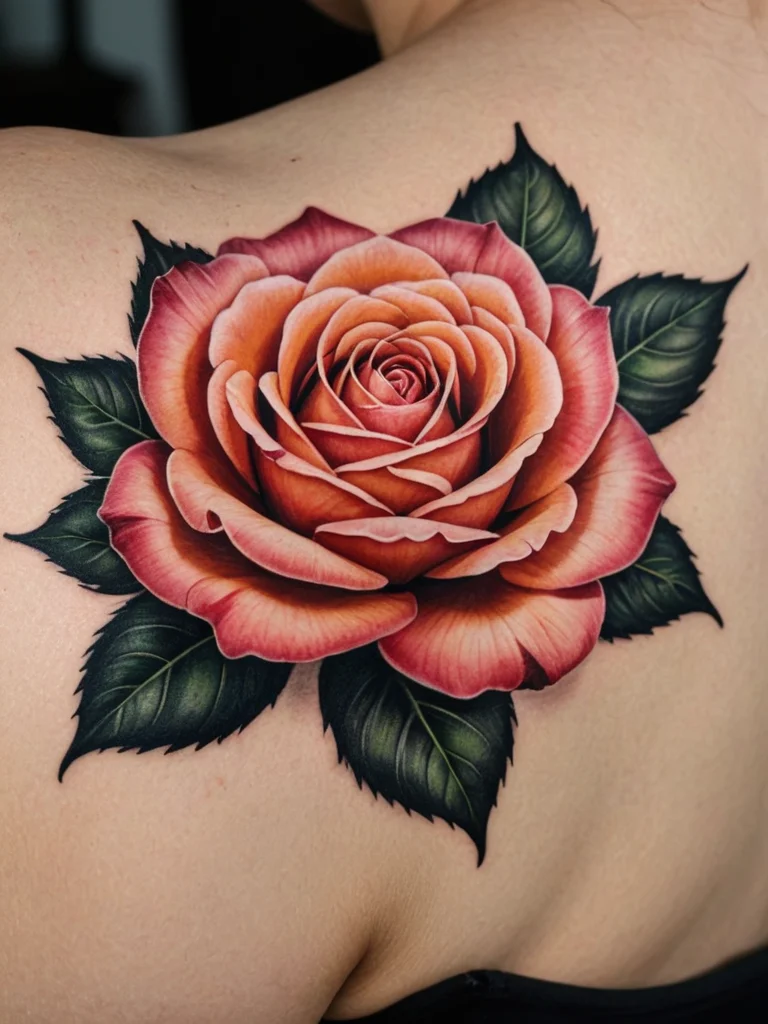Fineline tattoos have surged in popularity, captivating audiences with their delicate, intricate designs that often resemble fine pencil sketches or detailed illustrations. Characterized by the use of single-needle configurations and minimal shading, these tattoos offer an exquisite level of detail and a subtle aesthetic that appeals to a wide range of individuals. However, alongside their growing appeal, a common question arises among those considering or already sporting these fine pieces: do fineline tattoos truly last? The perceived fragility of these designs, often created with thin lines and sparse ink, naturally leads to concerns about their long-term durability and how they hold up against the natural aging process of the skin and the test of time. This article delves deep into the science, the care, and the practical realities of fineline tattoo longevity, aiming to provide you with a comprehensive understanding so you can make informed decisions about your body art.
What are fineline tattoos and why the durability question?
Fineline tattoos are a distinct style of body art distinguished by their use of exceptionally thin lines. Typically, tattoo artists achieve this look using a single needle, or a very small cluster of needles, moving at a consistent speed. The result is a tattoo that possesses a crisp, sharp appearance, often with a minimalist or highly detailed aesthetic. Think of intricate script, delicate floral patterns, subtle portraits, or geometric designs that rely on precision and a light touch. Unlike traditional tattooing methods that might use thicker needles for bolder lines and more extensive shading, fineline work emphasizes subtlety and fine detail. This very characteristic, however, is what often fuels the question about their durability. Because the lines are so fine and the ink application is often less dense than in bolder styles, there’s a natural concern that these tattoos might blur, fade, or even disappear more quickly than their more robust counterparts. The perception is that such delicate work might be more susceptible to the skin’s natural processes of healing, regeneration, and aging, leading many to wonder if their exquisite fineline piece will stand the test of time or succumb to the ravages of wear and tear relatively soon after application.
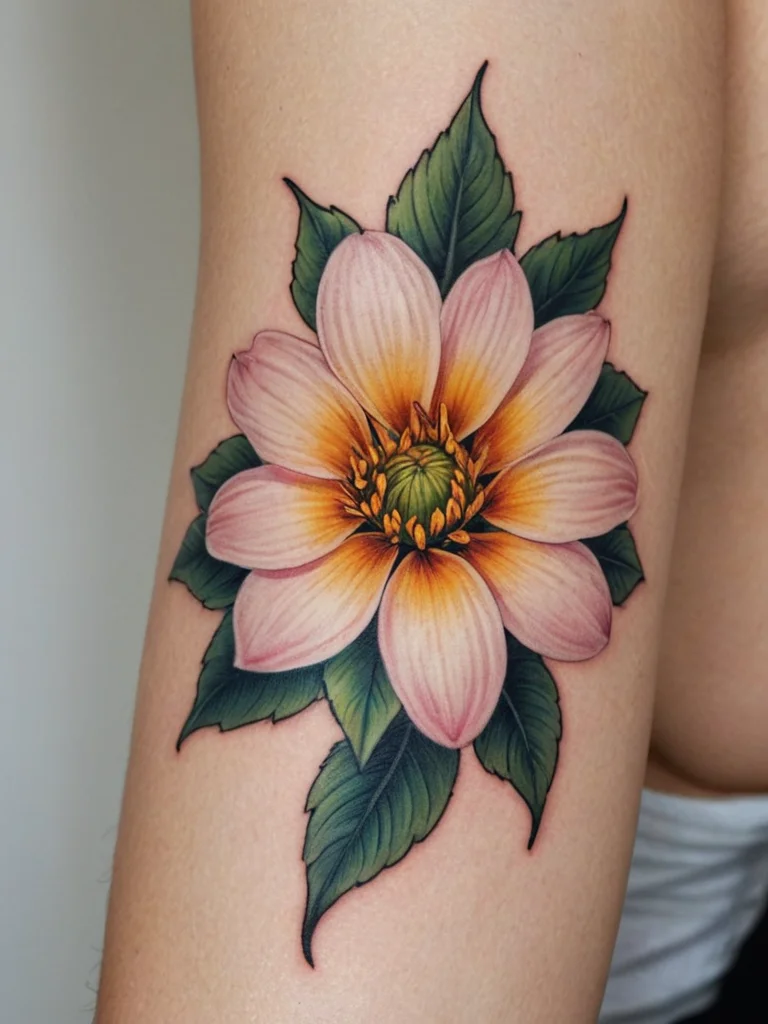
The science behind fineline tattoo longevity: ink, needle, and skin factors
The longevity of any tattoo, including fineline designs, is a complex interplay of several scientific factors. Understanding these elements is crucial to appreciating why fineline tattoos can, and often do, last a very long time, provided certain conditions are met. At the heart of it is the ink itself. Tattoo ink particles are essentially foreign bodies introduced into the dermis, the deeper layer of skin. The immune system’s macrophages attempt to break down and remove these particles, but the encapsulation process by these cells helps to keep the ink in place. For fineline tattoos, the artist’s skill in depositing this ink correctly is paramount. The needle, usually a single fine-gauge needle, must penetrate the skin to the correct depth – not too shallow, where the ink will be rejected during healing, and not too deep, where the ink can spread excessively and blur the fine lines. The correct depth ensures the ink is settled within the dermis, where it is relatively stable. The thickness of the line directly relates to the amount of ink deposited. Fineline tattoos, by definition, use less ink per unit of line length compared to thicker styles. This can sometimes be a factor in fading if the ink layer is too thin. However, modern tattoo inks are formulated for stability and longevity. Pigment quality, particle size, and the carrier liquid all play significant roles. High-quality inks, when properly applied, are designed to remain vibrant for decades. The skin’s natural processes also contribute. As we age, our skin regenerates and remodels. Collagen production changes, and skin can lose elasticity. This can cause tattoos to stretch and appear less crisp over time. For fineline tattoos, the delicate nature of the lines means that any subtle changes in the skin’s texture or elasticity can be more noticeable than with bolder tattoos, potentially leading to a slight blurring or softening of the lines. However, this is a natural aging process that affects all tattoos to some degree. Another crucial factor is the saturation of the ink. A well-executed fineline tattoo will have consistent ink saturation within the intended lines. If the ink is too sparse or unevenly distributed, it can lead to patchy fading or the appearance of gaps over time, making the tattoo seem less durable.
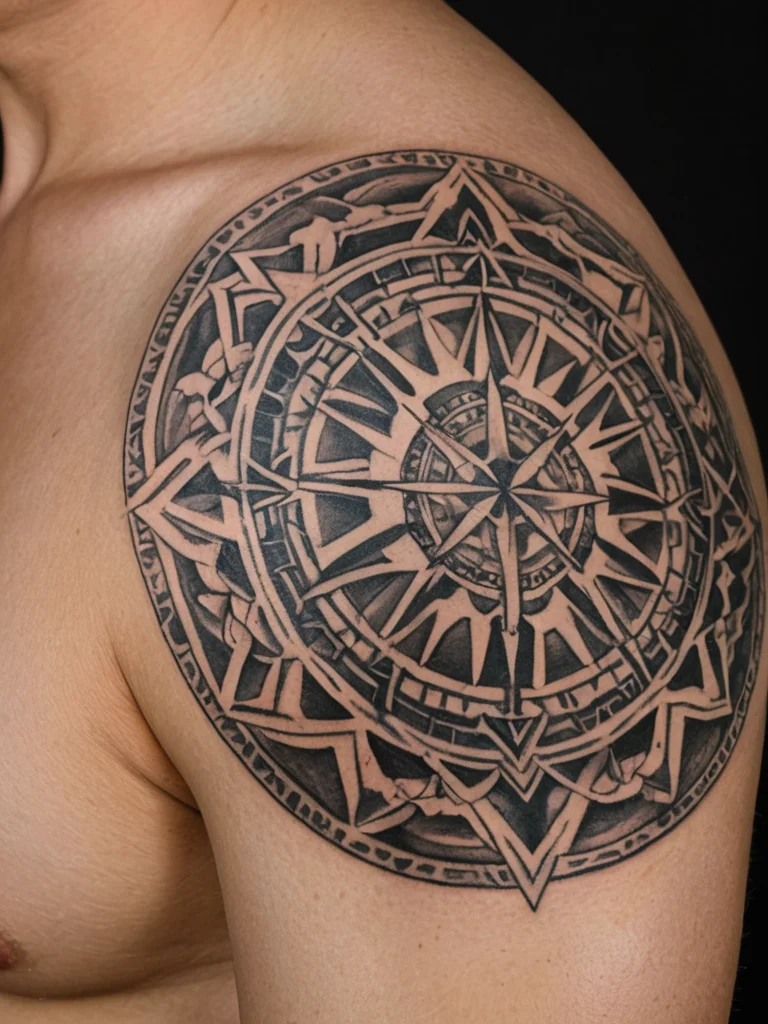
Fineline tattoo aftercare: essential steps to maximize longevity
The journey of a fineline tattoo doesn’t end when you leave the studio; its longevity is significantly influenced by the aftercare you provide. Proper healing is the foundation upon which a lasting tattoo is built. Immediately after the session, the tattoo artist will clean the area and apply a protective covering. It is crucial to follow your artist’s specific aftercare instructions precisely. Generally, this involves keeping the tattoo clean and moisturized. For the initial healing phase, usually a few weeks, you’ll need to gently wash the tattooed area with a mild, fragrance-free soap and lukewarm water. Avoid harsh scrubbing, as this can damage the delicate lines of a fineline tattoo. Pat the area dry with a clean paper towel; never rub. Apply a thin layer of a recommended ointment or lotion. Over-moisturizing can also be detrimental, potentially clogging pores or causing the ink to spread, so a light, breathable application is key. Protection from the sun is arguably the most critical factor for long-term fineline tattoo preservation. UV radiation from the sun breaks down ink pigments, causing tattoos to fade. Once your tattoo is fully healed, always apply a high-SPF sunscreen (30 or higher) to the area whenever it will be exposed to sunlight. Reapply frequently, especially after swimming or sweating. Beyond sun protection, avoid soaking the tattoo in water, such as in baths, hot tubs, or swimming pools, during the initial healing period. Direct friction from tight clothing or abrasive materials can also irritate the healing skin and potentially affect the ink. Choosing high-quality aftercare products that are specifically designed for tattoos can make a significant difference in how well your fineline tattoo retains its detail and vibrancy over the years.
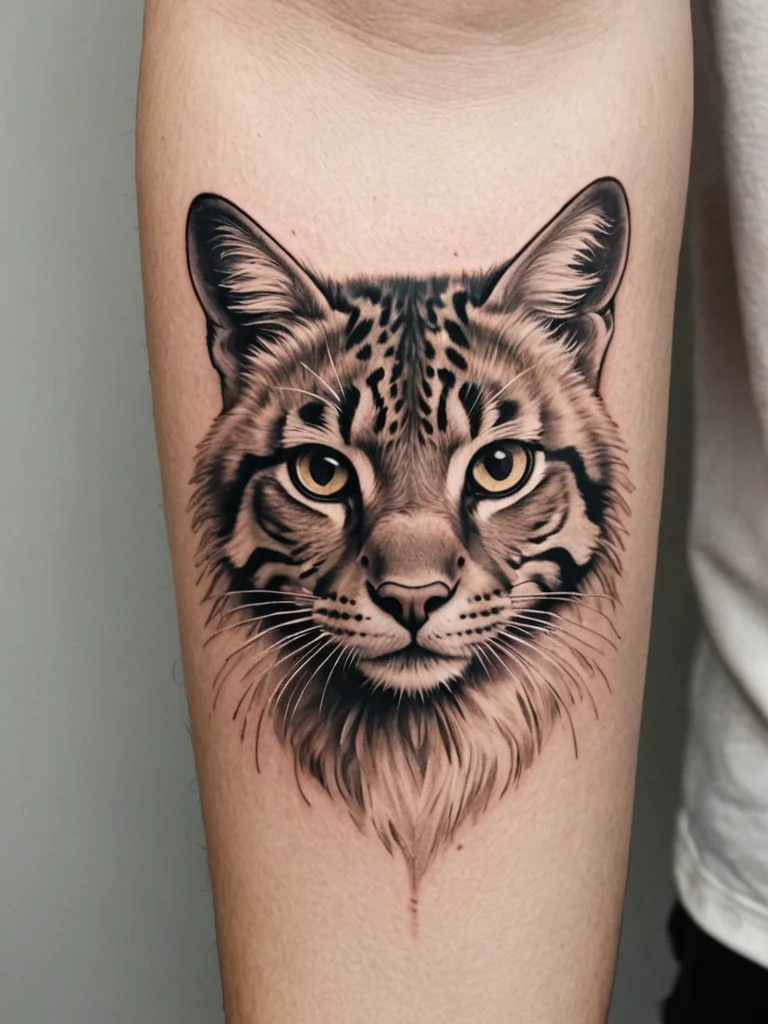
Will my fineline tattoo fade? Understanding common issues and how to address them
While fineline tattoos can be remarkably durable, like all tattoos, they are not entirely immune to fading or changes over time. Understanding the potential issues can help you manage expectations and take proactive steps to preserve your ink. One of the most common causes of fading is sun exposure. As mentioned earlier, UV rays degrade tattoo pigments. Even after healing, regular and prolonged sun exposure without protection will inevitably lead to a duller, less defined tattoo. Addressing this involves consistent sunscreen application and seeking shade when possible. Another factor is the natural aging of the skin. As your skin ages, it loses elasticity, and cell turnover continues, albeit at a slower rate. This can cause fine lines to soften and spread slightly, a phenomenon known as ‘blowout’ in more severe cases, though in fineline work, it’s usually more of a gentle blur. While you can’t stop aging, maintaining healthy skin through hydration and a good diet can support skin health overall, indirectly benefiting your tattoo. Poor healing can also contribute to premature fading or uneven ink. If the initial healing process was compromised due to infection, improper aftercare, or the tattoo being done too shallowly, the ink may not have settled properly in the dermis, leading to lighter areas or gaps. In such cases, a touch-up session with your original artist or another skilled professional might be necessary once the tattoo is fully healed. Some clients also experience minor fading or patchiness simply due to individual skin variations or how their body metabolizes the ink. This is often subtle and can typically be addressed with a touch-up. If you notice your fineline tattoo losing its crispness or appearing faded, consult with your tattoo artist. They can assess the situation and recommend whether a touch-up is appropriate. Touch-ups are a normal part of tattoo maintenance, especially for styles that rely on fine detail, and can refresh the appearance of your ink, bringing back the sharp lines and vibrant look.
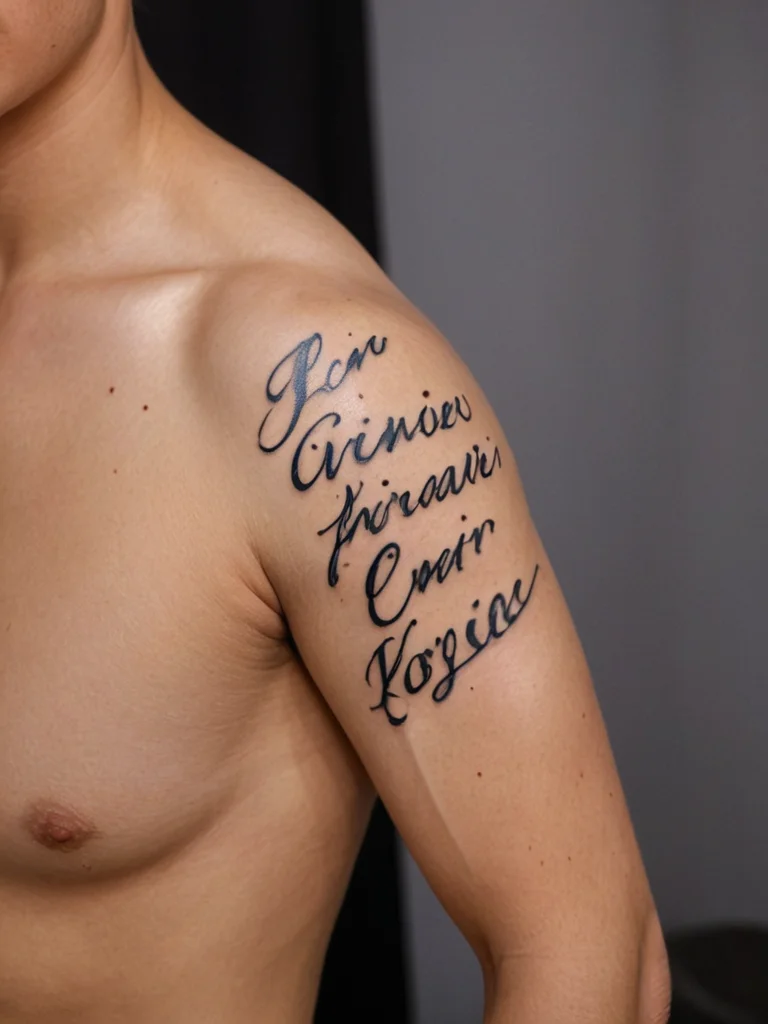
Fineline tattoo vs. traditional tattoos: a longevity comparison and expert advice
When comparing the longevity of fineline tattoos to more traditional tattoo styles, it’s important to consider the inherent differences in technique and application. Traditional tattoos, often characterized by bolder lines, solid color packing, and heavy shading, generally deposit a larger volume of ink into the skin. These thicker lines and denser ink saturation tend to be more resilient against the natural fading processes. The sheer amount of pigment in a bold line can mask subtle changes in the skin over time, making the tattoo appear sharper for longer. Think of it like drawing with a thick marker versus a fine-tipped pen; the marker’s line is less likely to appear blurred by minor imperfections. Fineline tattoos, with their delicate, single-needle application, use less ink per design element. This means that any environmental factors or skin changes that affect ink density can potentially have a more noticeable impact on the overall appearance of the tattoo. However, this doesn’t automatically mean they are short-lived. A meticulously applied fineline tattoo by a skilled artist, using high-quality inks and followed by diligent aftercare and ongoing protection, can last for many years, maintaining its intricate detail. The key difference often lies in the *type* of aging. A bold tattoo might gradually soften its edges, while a fineline tattoo might experience a slight blurring or thinning of its lines. Expert advice consistently points to artist skill and aftercare as the most critical determinants of longevity for any tattoo style. For fineline tattoos, choosing an artist who specializes in this technique and has a proven track record is paramount. These artists understand the nuances of needle depth, ink flow, and skin elasticity required for fine work. They will also provide the most accurate aftercare advice tailored to the specific demands of delicate linework. Protecting your fineline tattoo from the sun is non-negotiable; this is where most fading occurs for all tattoos, but it can be particularly noticeable on fine lines. Regular moisturizing and avoiding harsh chemicals or excessive friction will also contribute to preserving the crispness and clarity of your fineline artwork for decades to come. Ultimately, both styles can be incredibly long-lasting, but fineline tattoos require a bit more attention to detail in both their creation and their ongoing care to ensure they retain their exquisite appearance.
